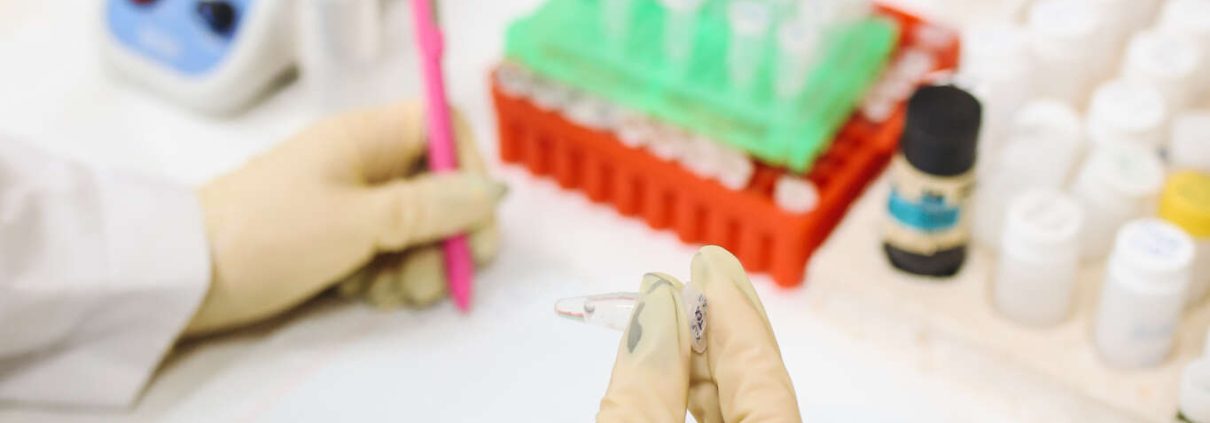Adding New Methods
We have been adding new tests to our battery of testing. While these are exciting times for Clean Water Lab, there is actually more to adding new methods than you may think. There are at least 7 Major Steps in adding a new analyte method. I’ll tell you how we do it below… but keep in mind that I’ve condensed weeks to months of work into 7 Steps (which is no easy feat).
Step One: Determine the Method
The first step we take is to identify the method and equipment we would like to use to for our analyte or contaminant. Clean Water Lab seeks out water testing methods that are EPA approved, accepted, or equivalent. We seek out methods that have been scientifically validated. There are many factors to consider when selecting a method, and I will further outline this in another article.
Step Two: Collect Resources
Once we have identified the method, we purchase the necessary equipment and resources. In this process there could be chemical, personal protective equipment, or space considerations. All of these items were identified in Step One, so Step Two is about applying our research to the lab
Step Three: Draft SOP
Once we have our method and materials, we draft up the Standard Operating Procedure (SOP). This draft document contains crucial quality control measures for our method. The typical quality control measures include an Initial Demonstration of Capability (IDC), which measures accuracy and precision.
Step Four: Initial Demonstration of Capability
Using our laboratory notebooks, we begin to document our initial tests of the method in our laboratory. At this stage, we are not yet offering the service to the public. We begin testing the accuracy and precision of the method on known values, such as standard solutions. During this process, we use statistical analysis to determine whether we can meet certain accuracy and precision thresholds. At the end of this phase, we should have a completed SOP.
Step Five: Documentation Updates
There are many documents that go into one procedure. Often this means that many of our procedures, logs, worksheets, and order forms need to be updated before offering the service to the public. Once we have our worksheets and documents in order, we move on to one of the most crucial steps.
Step Six: Training Sessions
After the method is completely established, passed the IDC, and the SOP is approved, training sessions begin. Our training sessions consist of many steps over the course of a few days. At the end of the training sessions, trainer and trainee sign off on a Training Checklist. Once we have trained staff, the method is ready for the public sector.
Step Seven: 3rd Party Proficiency Test
For each method we consider a proficiency test (PT), or a 3rd party verification of our testing method. Depending on the method, they are done annually or bi-annually. These tests are an important facet of quality, and we pride ourselves on every passed PT


